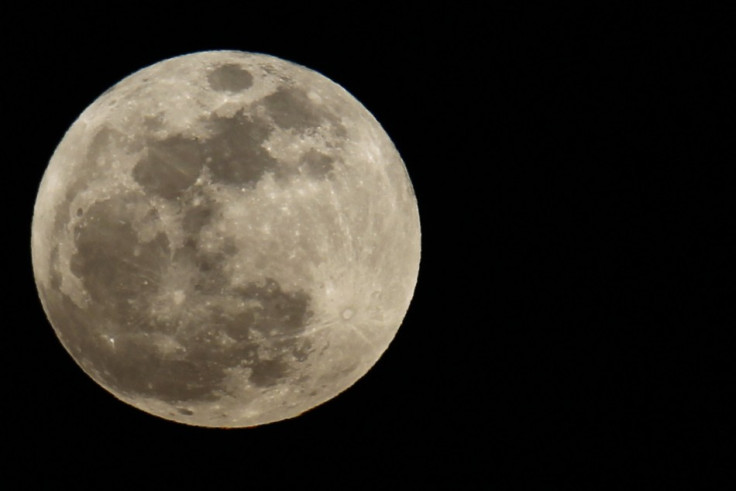Nasa Frames Guidelines for Guarding Historic Sites on Moon

Nasa has framed new guidelines for safeguarding the many historic sites on the surface of the moon.
On 24 May, 2012, Nasa and the X Prize Foundation of Playa Vista, California, released new guidelines to protect historic lunar sites and preserve ongoing and future science on the moon.
The foundation will take the guidelines into account as it judges mobility plans submitted by 26 teams vying to be the first privately-funded entity to visit the moon.
According to a press release issued by Nasa, the organisation mentions that it is aware of many spacefaring nations and commercial entities that are on the verge of landing spacecraft on the moon. The agency is currently engaged in a cooperative dialogue with the X Prize Foundation and the Google Lunar X Prize teams to develop the recommendations.
"Nasa and the next generation of lunar explorers share a common interest in preserving humanity's first steps on another celestial body and protecting ongoing science from the potentially damaging effects of nearby landers," the statement by Nasa mentions.
Nasa reportedly assembled the guidelines using data from previous lunar studies and analysis of the unmanned lander Surveyor 3's samples after Apollo 12 landed nearby in 1969.
Experts from the historic, scientific and flight-planning communities also contributed to the technical recommendations. The guidelines do not represent mandatory US or international requirements. Nasa provided them to help lunar mission planners preserve and protect historic lunar artifacts and potential science opportunities for future missions.
According to the Guardian, such guidelines may seem a bit hypocritical (if you really cared about something, you wouldn't leave it on the moon) but Nasa was prompted to act by the race to land a robot on the lunar surface: 26 privately funded teams are vying to claim the Google Lunar X prize, worth $20m (£13m). Additionally, Nasa is proposing to keep the robots out of certain exclusion zones in order to preserve artefacts including hardware from Apollo lunar modules, wire-stiffened US flags, astronaut footprints and ongoing moon experiments.
© Copyright IBTimes 2025. All rights reserved.





















